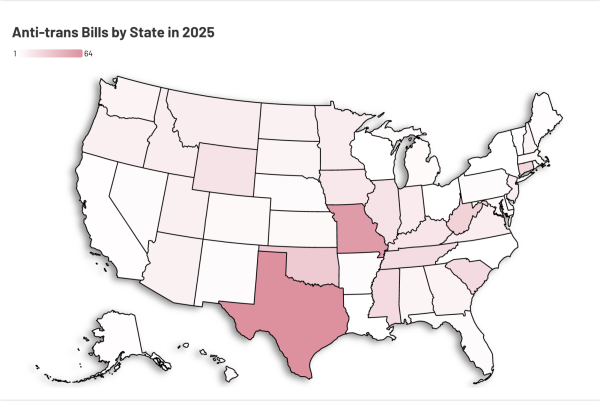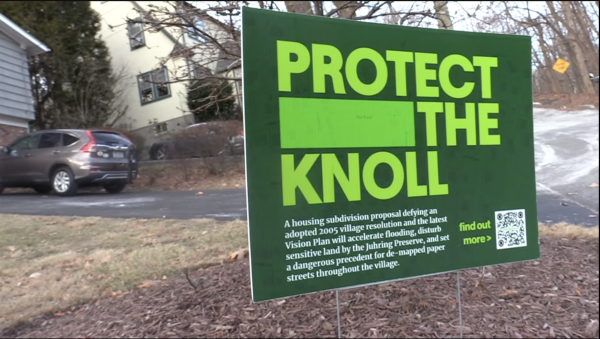CON: We cannot tolerate zero tolerance
This academic year, as of Oct. 25, just two months into the year, six upper school students had been expelled for violating the school’s zero tolerance substance abuse policy. Sixteen others faced the possibility of expulsion for their involvement in substance use on campus, but were diverted into Sanctuary.
While Masters often offers a student the choice to withdraw instead of expulsion, it is a false choice, because if the student does not withdraw, they will be expelled. For this reason, I will be referring to forced-withdrawals as expulsions.
In the opening days of the school year, the administration assured seniors that it had done everything possible to try to find a way not to expel the six students, but that they were required to do so by their own. Head of School Laura Danforth candidly acknowledged this in a speech to seniors on the first day of school. She said that, at Masters, if we’re going to “talk the talk” by having a zero tolerance policy, we must “walk the walk” and follow it. She clarified in a later interview: “We have a policy. We need to be firm with that policy. Until that policy changes, we need to follow it.” Indeed, Danforth made it clear that precisely because they have followed the policy consistently in prior cases, they must continue to follow it in future; it would not be fair to those expelled in the past for an exception to be made now for a student found to have engaged in substance use.
While I respect the goal of practicing what we preach at Masters, if administrators, parents, teachers and students alike are always looking for “loopholes” in our policy, it raises the question: isn’t it time to consider a new policy? Perhaps one that doesn’t discard students, but, rather, helps them get back on track, a policy that rejects a blanket rule in favor of one that takes into account individual circumstances. Sometimes a harsh response may be required, but it does not follow that it must be imposed in every case.
In my time at Masters, I have come to appreciate the practice of assuming good intent, which presupposes listening, empathy and a commitment to understanding all perspectives. While I do not condone underage substance use, especially on campus (or on school sponsored trips), I recognize that not all substance use is the same. A student who is peer pressured into trying a sip of beer at an on campus gathering is not equivalent to a student who deals hard drugs under the Harkness table. Yet a school following a zero tolerance policy must view them as the same. At Masters, we should know better; the Harkness method leads us to seek the most nuanced outcome, and this is at odds with a blanket rule that prioritizes a hard line over discussion and understanding.
Additionally, without the possibility of making mistakes, with respect to substance abuse, students lose their learning opportunity. Some may argue that students can learn from their peers’ mistakes. But it is clear that the expulsions of last summer did not deter the students facing expulsion this fall. It appears that the harsh consequences of the zero tolerance policy are ineffective in deterring on campus substance use.
Instead of encouraging growth, the zero tolerance policy creates a culture of fear and suspicion. The Sanctuary policy allows students to seek help from the school if they or a friend are struggling with substance use without fear of punishment, but in practice, many students, including myself, are not comfortable naming a friend to the administration. It feels like overstepping, and many students feel like they are being disloyal or are “snitching.” Also, students who are really struggling with addiction may not have a support system of friends who will even notice changes in their behavior. In these cases, the onus is put on the student to seek out help, but for someone who is using unhealthy coping mechanisms, this isn’t a given. It’s unrealistic to suggest that the existence of the Sanctuary policy negates the harsh damage done by the zero tolerance policy.
If stamping out substance use is so important that zero tolerance is essential, then, to be consistent, shouldn’t the administration take more regular efforts to root it out, rather than waiting for incidents to come to their attention? What struck the community in October was the suddenness with which over a dozen students disappeared. But, if we are supposed to “walk the walk” on zero tolerance, shouldn’t we do so every day, not just on one day in October? The administration could subject everyone to daily searches, note an infraction on a student’s records, test our urine or bring in drug dogs. Yet (thankfully) the administration does not do this. My point is not to suggest that the administration take a stricter approach, but instead to highlight that it does not truly follow through on the implications of a zero tolerance policy.
Students are not searched on a daily basis. Yet, in October, searches did take place, based in large part on the reports of students already under investigation. And because the administration relies on student reports when deciding whom to investigate, it almost feels like luck that some students aren’t searched when others are sent packing.
I also worry that the zero tolerance policy has a disparate impact on students depending on their economic circumstances. Because expelled students are almost always given the option to withdraw without a blight on their record, those with more means are able to transfer to other elite schools, while those without the means face more serious consequences, like returning to the schools they had chosen to leave for a reason.
Proponents of the zero tolerance policy argue that Masters should promise a drug-free campus to parents who entrust the school with their children’s safety. And while I agree with this sentiment, the reality is, in spite of the zero tolerance policy, we are not a drug-free campus. The zero tolerance policy does not necessarily result in more safety, but it does result in more expulsions. And, in any case, wouldn’t those same parents want the school to take into account the individual circumstances of the case if it were their child who was peer pressured into having their first sip of beer on campus or was turning to substance use as a coping mechanism?
Because Masters is a boarding and day school, there is concern that a more lenient policy would deter applicants or hurt the school’s reputation as a safe campus. However, The Taft School, a prestigious boarding and day school, uses a two-strike policy. Masters should implement a case-by-case policy that allows for those struggling with addiction, or students who made a one-time mistake, to grow, while maintaining zero tolerance for drug dealing, for example.
I keep reflecting on the promise the administration made on the first day of school this year: that they had done everything they could to avoid expulsions, but that the zero tolerance policy had forced their hands. We keep talking the talk about finding “loopholes” in the policy; it’s time we walked the walk and changed it.
This piece was part of a pro/con exploration of the zero-tolerance policy. Read the pro piece here.

Senior and lead opinion editor Nora Fellas is an ambitious activist who has already made her mark on the field of journalism. In addition to being published...










